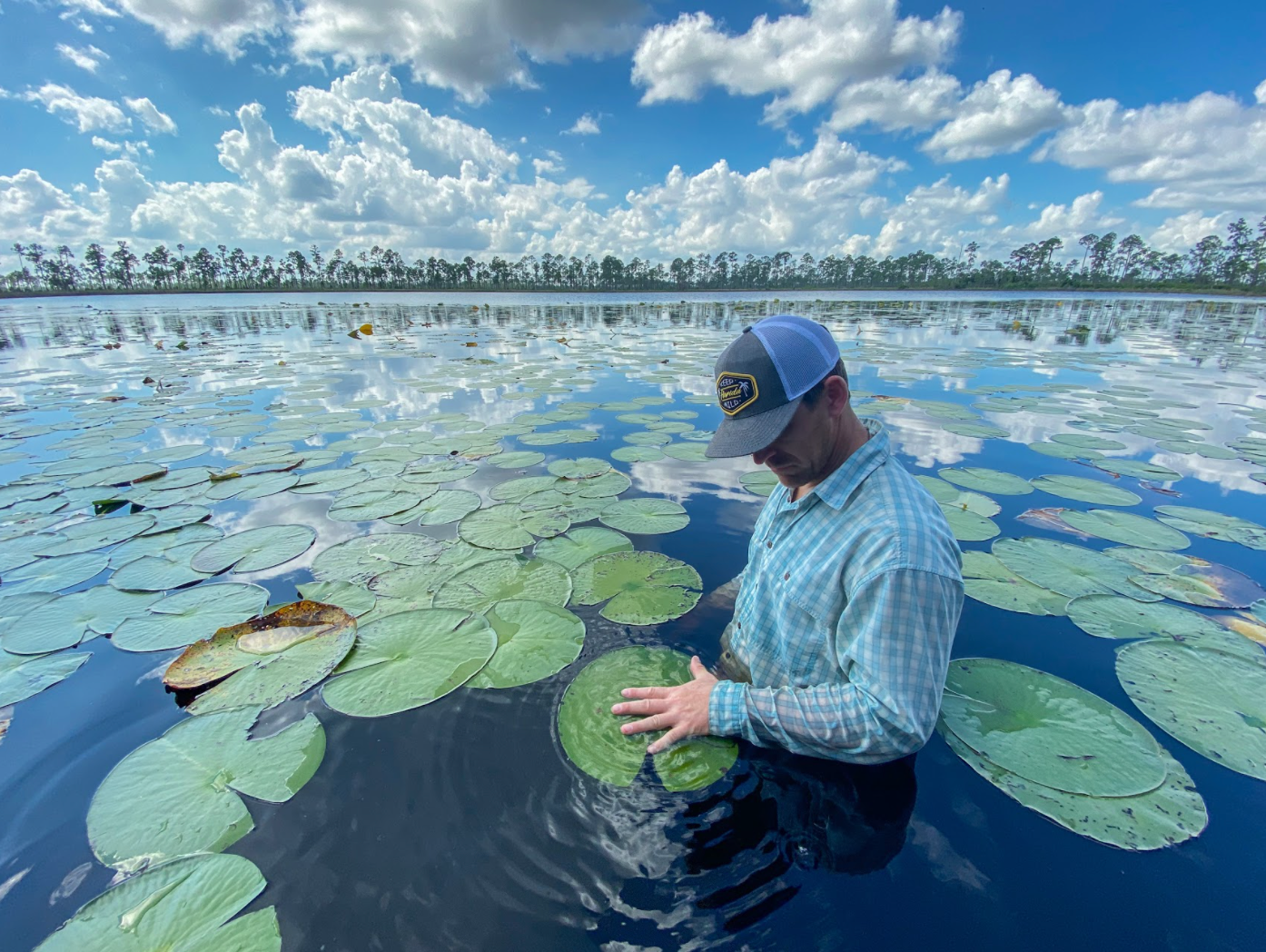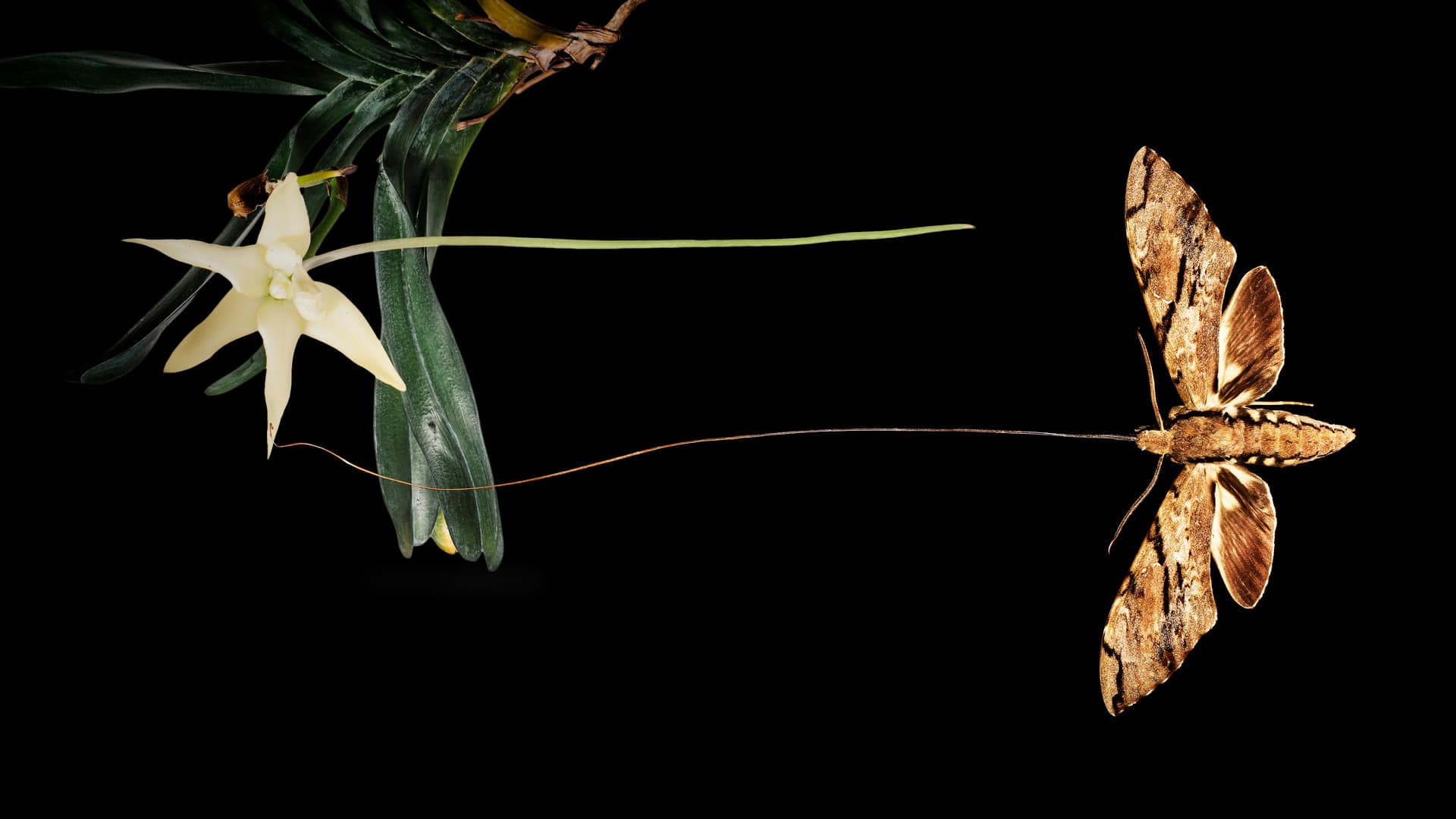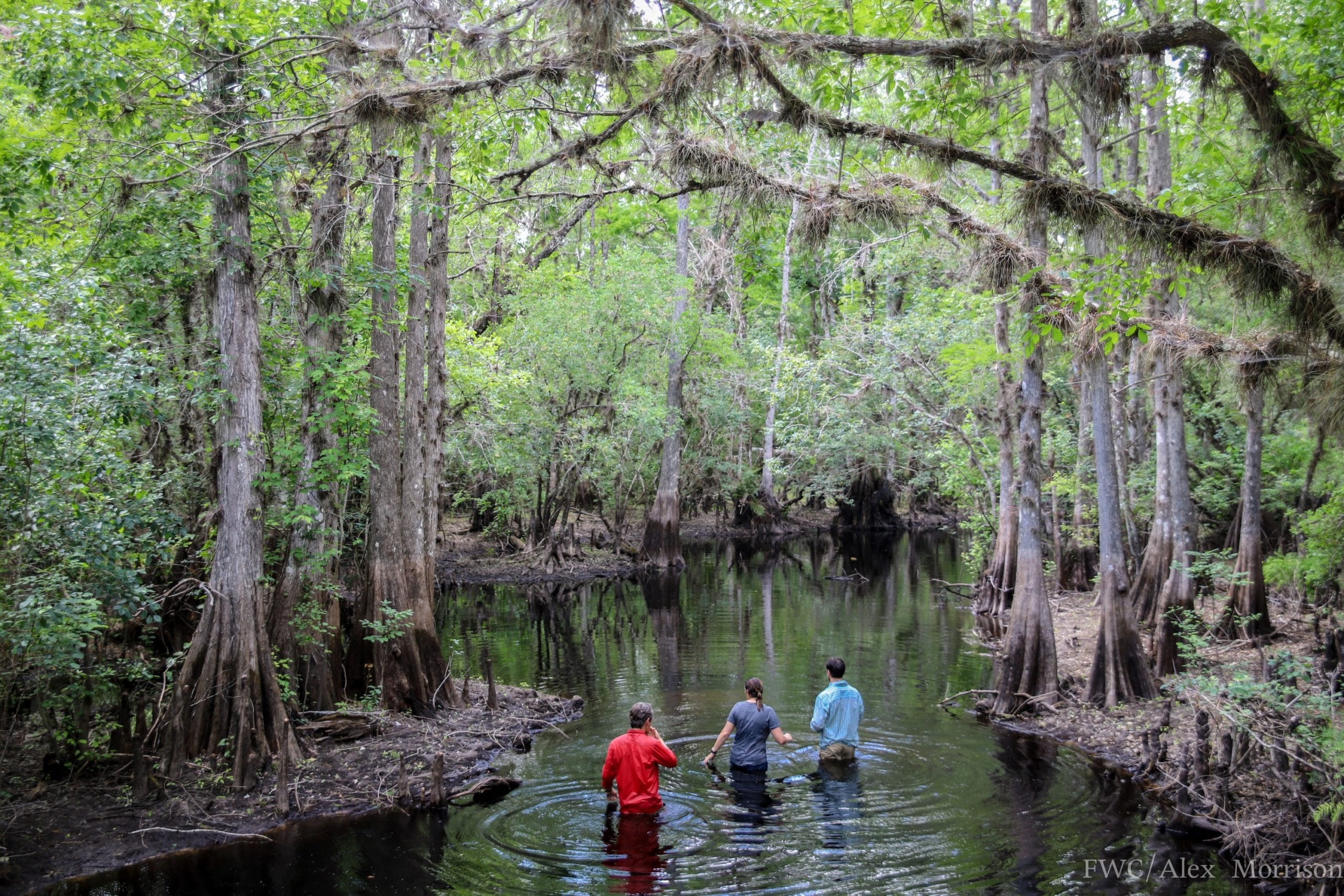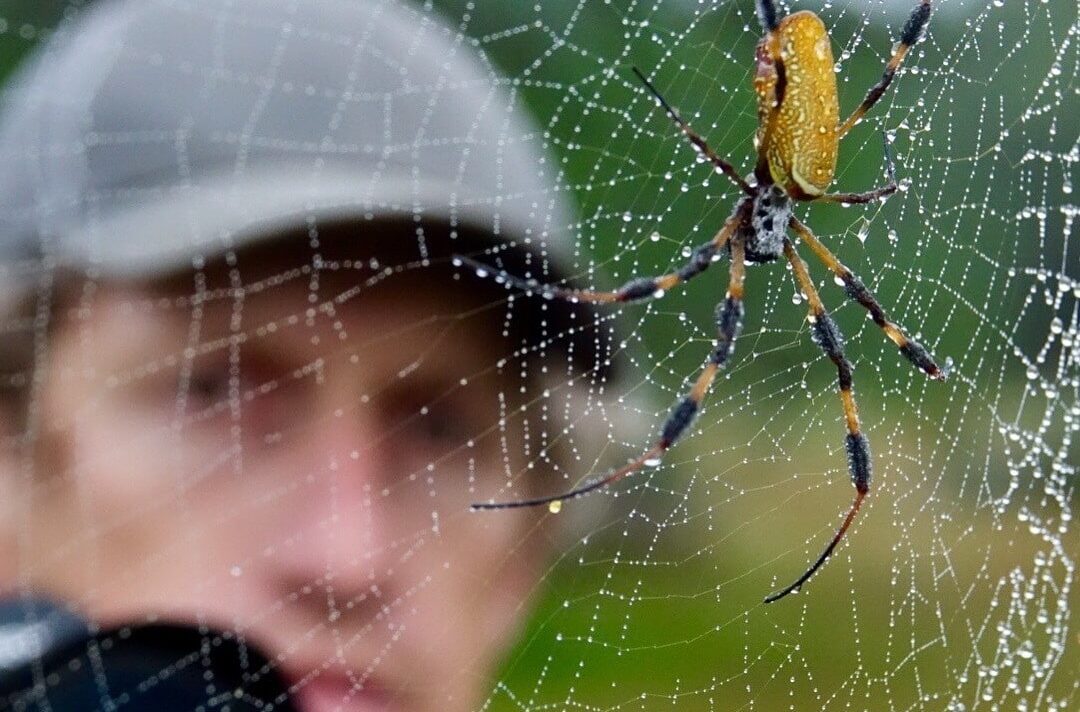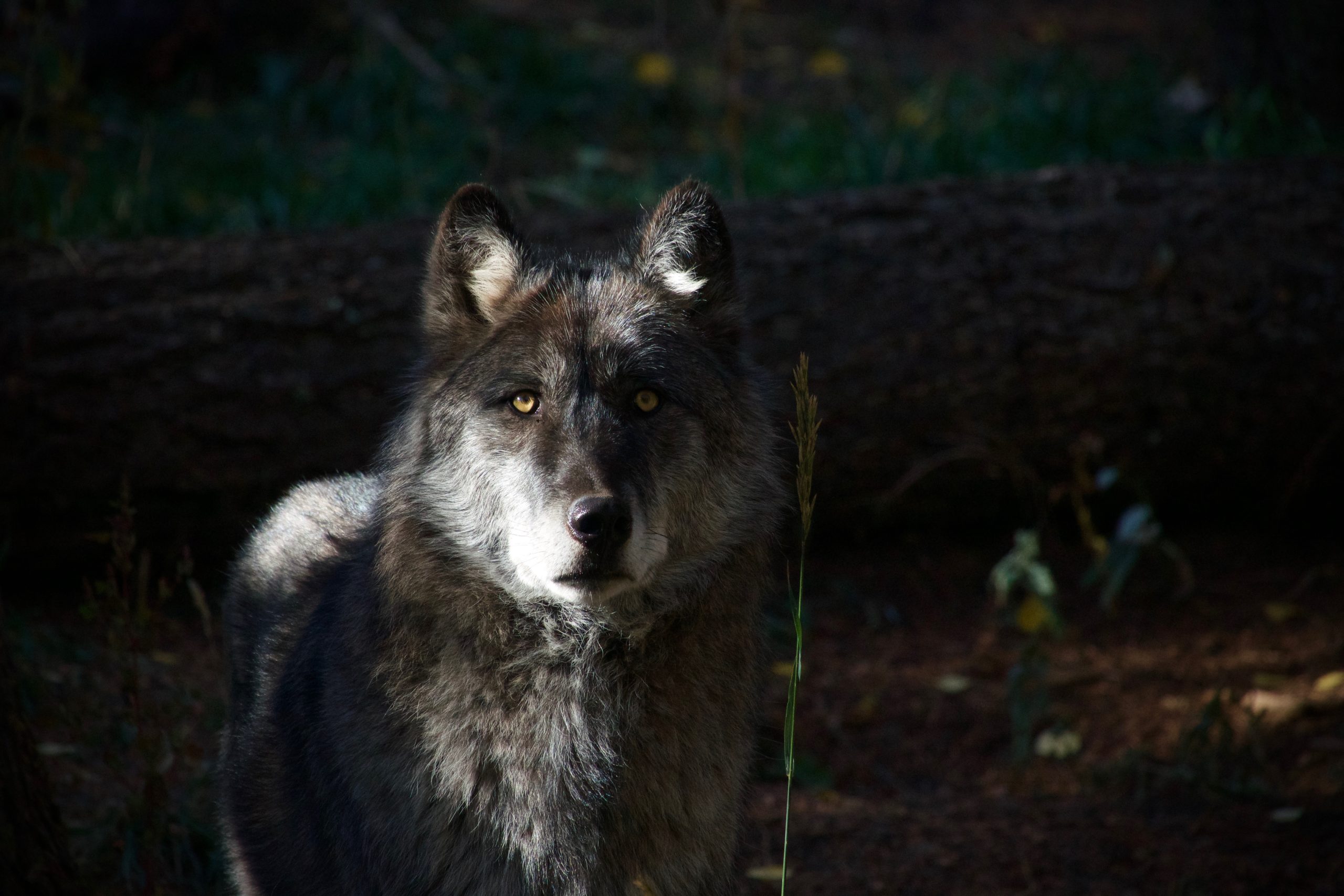Interview with Eric Bendick
Director of Path of the Panther
Multi-time DCEFF filmmaker Eric Bendick recently took some time out of his busy schedule to answer some questions about his new film Path of the Panther (now streaming on Hulu, Disney+, and Nat Geo) and about his career in environmental filmmaking.
Your new feature film brings us back into the Florida Wildlife Corridor. What first captivated you about this area and keeps you coming back to make films about its conservation?
EB: The Florida Wildlife Corridor is a statewide network of nearly 18 million acres — 9.6 million acres that are already protected and 8.1 million acres of remaining opportunity areas that do not have conservation status. It’s important to put into context that this is a very large conservation opportunity as big or bigger than some of the biggest landscapes preserved out West (Yellowstone National Park is 2.2 million acres, for example). So when we talk about the potential for wildlife corridors, we’re talking about a model that could eventually dwarf the National Park System. It is the optimism and vision of this idea, now coming to fruition in Florida, that has called me back to this landscape over and over. Needless to say, I’m also in awe of the biodiversity of Southeastern ecosystems. Where else can you get panthers rubbing shoulders with alligators, black bears, gopher tortoises, indigo snakes, manatees, and Florida scrub jays…the list goes on and on!
Carlton Ward, Jr. is one of your frequent collaborators both in your short films and now in a full feature together. How did you two meet? How has your creative relationship evolved through the years?
EB: Since we began collaborating nearly a decade ago, Carlton Ward and I have been motivated by the common pursuit of uncommon stories: ghost orchids, black bears, dinosaur fish — often the most elusive wildlife in nature. Over time, our friendship has evolved from an affinity that grew out of a shared appreciation for wild places into a deeper commitment to inspire large landscape conservation. As a result, we are almost like family now. I’ve also learned a lot about Carlton’s personality along the way. For example, when beginning a new project, it is always wise to ask: “What are we getting ourselves into?” Because once Carlton’s intention is set, he will never quit. It’s that resilience and tenacity that I admire — like a force of nature. Together, we tackle big goals by moving one step at a time. Naturally, when Carlton and I connected at the beginning of his quest to photograph and film the Florida panther, I was all in.
We were thrilled to have Path of the Panther screen at our Festival this March. The film is now streaming on multiple platforms including Hulu and Disney+. What excites you most about the release of the film?
EB: It’s incredibly important to our team that the film has found its path — despite very long odds — to a major platform release. We always felt that we had one shot to tell this story right. We held true to that belief all the way through — and I believe it was the power of audiences that lifted the profile of the story to where it is today. In many ways, the panther showed us the way. The panther has become an emblem for seeing the world in a new light — one that goes beyond barriers, boundaries, and lines we draw on a map. The panther is the face of a connected landscape — and this goes far beyond the borders of Florida. Because this story has revealed to us an idea wilder than the Everglades. It’s given us a wisdom older than North America. Most of all, it’s inspired optimism for reclaiming a vision of what could be again: a connected planet.
Camera-trapping is an endeavor fraught with broken gear, bruised egos, and humble pie. It’s also the only way to reliably film panthers in the wild. The highs were high. But the lows were very low. Ninety-nine percent of the time it was an exercise in futility. The other one percent was pure magic.

In the film, Carlton mentions while setting up cameras that if he doesn’t get a shot now, he will have to wait a whole season to try again. This type of filmmaking clearly takes a lot of patience as this project spanned over five years. What were some of the hurdles in filming, and what kept you motivated to keep going?
EB: Camera-trapping is an endeavor fraught with broken gear, bruised egos, and humble pie. It’s also the only way to reliably film panthers in the wild. The highs were high. But the lows were very low. Ninety-nine percent of the time it was an exercise in futility. The other one percent was pure magic. On several occasions, we returned to the cameras only to discover they had been destroyed by floods, marauding black bears, gunshots, theft, or simply human error. Patience is absolutely essential and teamwork was vital to keeping morale high through so much trial and error. Nonetheless, time is the unspoken tragedy of camera traps. You never get it back.
Do you have a specific memory with wildlife, or an experience that first sparked your desire to lead filming expeditions and make this your life’s work?
EB: During college, I spent a semester in Alaska in Prince William Sound, deep in the Eastern Alaska Range, and on a river in the Brooks Range far above the Arctic Circle. Until that experience, I had never been so thoroughly in awe of wild places or so transformed by being unplugged for that long. One of the most powerful things you can do is give yourself the freedom to be fully untethered from civilization. But it also requires hard work, real skills, and true grit when things get challenging. These are the same skills we use everyday in the field while filming on expedition. It’s absolutely a privilege to do this kind of work for a living — and it also reaffirms that we need to see, feel, and experience these places to nourish our humanity.
Who are your creative influences, is there anyone that inspired your career?
EB: First and foremost, I’ve been inspired by my family, including my parents and grandparents, who were artists, scientists, and explorers themselves. My grandfather was a filmmaker. My grandmother was a science illustrator and author. Creativity is apparently in the blood. Nature writers are a strong creative influence: Thoreau, Whitman, Aldo Leopold, Ed Abbey, Janisse Ray, David Quammen, and many more. I’m also inspired by the tremendous work of many still photographers: Ami Vitale, Ronan Donovan, Mac Stone, Esther Horvath, Kiliii Yuyan, Stephen Wilkes, to name a few. And, of course, a list of filmmakers that is way too long! I’m drawn to vivid storytelling in whatever artistic form that takes. The beauty of documentary is that, at its best, it reveals art in everyday life.
As the hours become days, and days become months and years, big moments come and go but it’s the energy of wild places that is sustaining.

What has been the most exciting shot you have captured to date or favorite memory from an expedition?
EB: Looking back through so many experiences on filming expeditions, I can say now that it’s not a singular shot or outcome that stands out – it’s more about the journey and the relationships with the team that matter. As the hours become days, and days become months and years, big moments come and go but it’s the energy of wild places that is sustaining. Often you feel it in the quiet moments, with the cameras off and the rain drumming the tent or the crackle of the campfire. These are the times I remember as precious.


